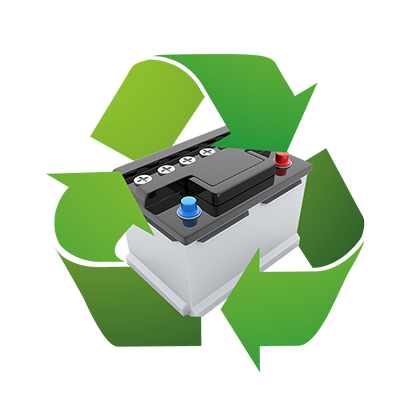Lead-acid batteries are widely used due to their cost-effectiveness and reliability in various applications, but they are not considered highly durable compared to some other battery technologies.
1. Sulfation
- Problem: Sulfation occurs when lead sulfate crystals form on the battery plates. This happens when the battery is not fully charged for extended periods or is over-discharged.
- Impact: Sulfation reduces the battery’s ability to hold a charge and diminishes its overall capacity. Over time, sulfation can become irreversible, significantly shortening the battery’s lifespan.
2. Corrosion
- Problem: The lead plates in the battery can corrode over time, particularly the positive plate, which undergoes gradual degradation.
- Impact: Corrosion reduces the battery’s efficiency and its ability to deliver power. It can eventually lead to a complete failure of the battery.
3. Stratification
- Problem: Stratification occurs when the electrolyte (sulfuric acid and water) separates into layers, with denser acid settling at the bottom and lighter water rising to the top.
- Impact: This separation leads to uneven acid concentration across the plates, causing parts of the battery to work harder than others, leading to reduced performance and a shorter lifespan.
4. Deep Discharge
- Problem: Deep discharging involves using the battery until it is nearly empty, which can cause significant stress on the lead plates and the electrolyte.
- Impact: Lead-acid batteries are not designed for frequent deep discharges. Repeated deep discharges can cause irreversible damage to the battery plates, reducing overall battery life.
5. Overcharging
- Problem: Overcharging a lead-acid battery can cause excessive gassing, where water in the electrolyte decomposes into hydrogen and oxygen.
- Impact: This process can lead to a loss of electrolyte, drying out the battery, and causing thermal runaway or even explosions in extreme cases. Overcharging also accelerates the corrosion of the positive plates.
6. Temperature Sensitivity
- Problem: Lead-acid batteries are sensitive to extreme temperatures. High temperatures can increase the rate of corrosion and electrolyte evaporation, while low temperatures can reduce the battery’s capacity and increase internal resistance.
- Impact: Fluctuations in temperature can significantly affect the battery’s performance and longevity.
7. Maintenance Requirements
- Problem: Lead-acid batteries require regular maintenance, such as topping off the electrolyte levels with distilled water and keeping the terminals clean from corrosion.
- Impact: Neglecting maintenance can lead to premature battery failure and reduced durability.
8. Heavy and Bulky Design
- Problem: Lead-acid batteries are heavier and bulkier than some other battery types like lithium-ion batteries.
- Impact: This makes them less suitable for applications where weight and space are critical factors, limiting their versatility and ease of use in some scenarios.


